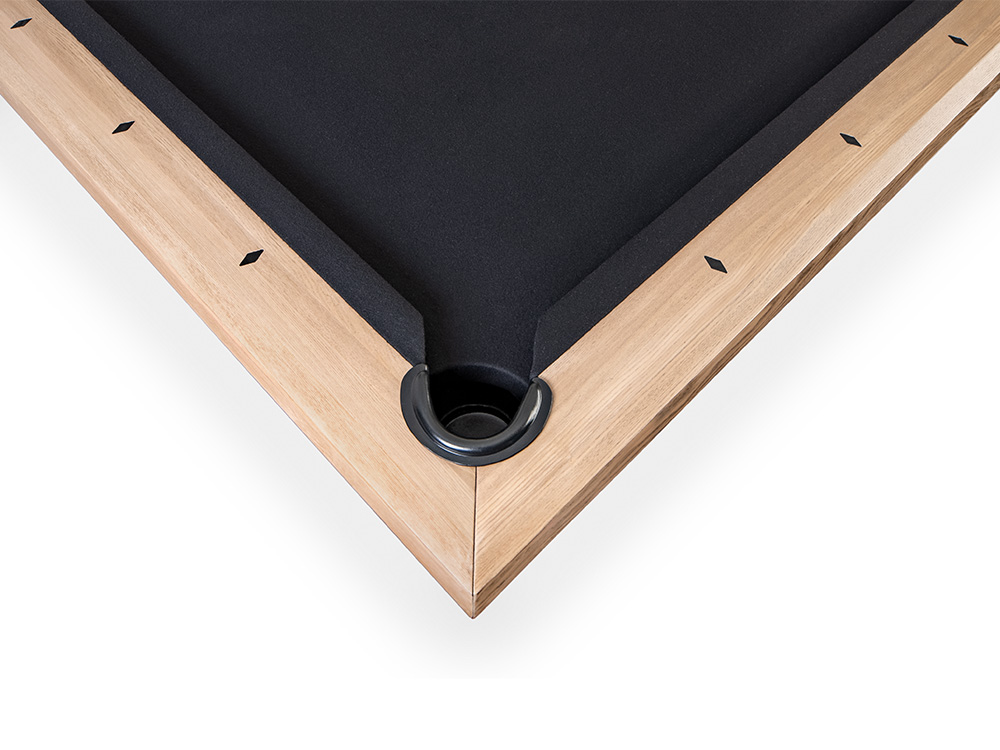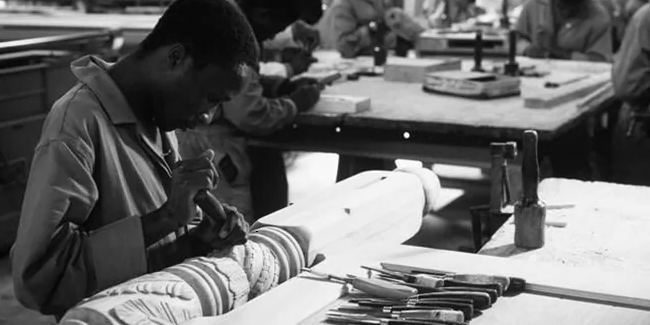For every billiard enthusiast, the table is a sacred space. It’s where the magic of the game unfolds. But have you ever considered the journey each table embarks on before becoming a part of your gaming experience? Let’s delve into the fascinating step-by-step process of billiard table manufacturing, a process that Presidential Billiards, a premier billiard table manufacturer in the US, has perfected over the years.
Step 1: Crafting the Design
The journey begins with a vision. This includes determining the size, style, and materials for the table. From choosing the type of wood to the slate and the cloth that will cover it, expert designers, like those at Presidential Billiards, put their experience and passion into creating the perfect design.

Step 2: Sourcing and Preparing the Materials
Once the blueprint is ready, it’s time to gather the chosen materials. High-quality wood is cut to precision for the table frame, legs, and rails. The slate, forming the heart of the playing surface, is meticulously shaped and ground to ensure a flawless finish.

Step 3: Building the Frame
Construction begins with the frame of the table, usually crafted from top-tier hardwoods such as oak or maple. Each piece is joined with precision, ensuring a robust and stable foundation for the table—a standard we proudly uphold at Presidential Billiards.
Step 4: Laying the Slate
Next, the slate takes its position. Delivered in three pieces, the slate is attentively aligned and leveled on the frame, creating a seamless expanse. Once in place, it is secured, and the seams are expertly filled and smoothed.

Step 5: Dressing the Slate
The next stage is to dress the slate with a specially crafted billiard cloth, typically a wool or wool-nylon blend. The cloth is stretched over the slate and secured, ensuring a smooth, even surface—ready for those winning shots.
Step 6: Assembling the Rails and Pockets
The rails, cushioned and clothed like the playing surface, find their place on the table edges. Pockets, crafted from materials like leather, plastic, or rubber, are then secured at each corner and the middle of the longer sides.

Step 7: Final Check and Adjustments
Finally, each table undergoes rigorous scrutiny. It is thoroughly checked for level, while rails and pockets are inspected to ensure secure and correct alignment. Any necessary adjustments are made so that the table aligns with the manufacturer’s—like Presidential Billiards—exacting quality standards.
Conclusion
The art of billiard table manufacturing is a journey of precision, craftsmanship, and quality. At each step, a perfect blend of materials and skills come together to create not just a table, but a stage for countless memorable games.
Presidential Billiards is proud to be a part of this process, bringing to life tables that don’t just look fantastic, but also offer an unrivaled playing experience that lasts for years. Ready to experience the difference of a professionally crafted billiard table? Explore our range at Presidential Billiards today, and find the perfect table for your games. Your next winning shot awaits!
FAQ’s
What is the first step in the manufacturing process of a billiard table?
The first step is crafting the design, which involves determining the size, style, and materials for the table, including the type of wood, slate, and cloth.
How are the materials for a billiard table sourced and prepared?
High-quality wood is cut with precision for the frame, legs, and rails, and the slate for the playing surface is shaped and ground meticulously to ensure a flawless finish.
What is involved in building the frame of a billiard table?
The frame is crafted from top-tier hardwoods like oak or maple, with each piece joined precisely to create a robust and stable foundation.
How is the slate laid and prepared on a billiard table?
The slate, usually delivered in three pieces, is aligned and leveled on the frame to create a seamless surface. It is then secured and the seams are filled and smoothed.
What does dressing the slate entail in billiard table manufacturing?
Dressing the slate involves covering it with a specially crafted billiard cloth, typically made of wool or a wool-nylon blend, ensuring a smooth and even playing surface.

